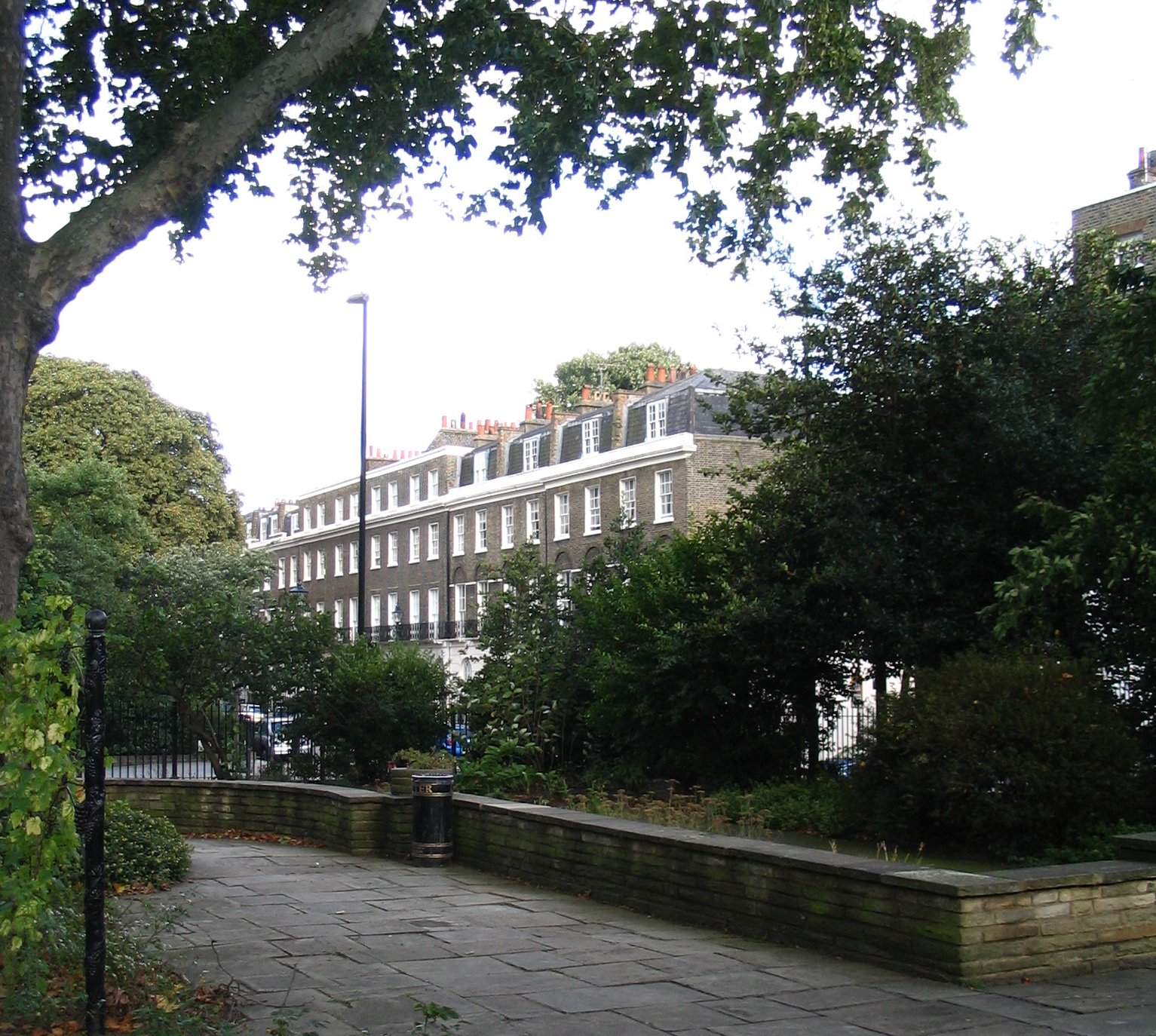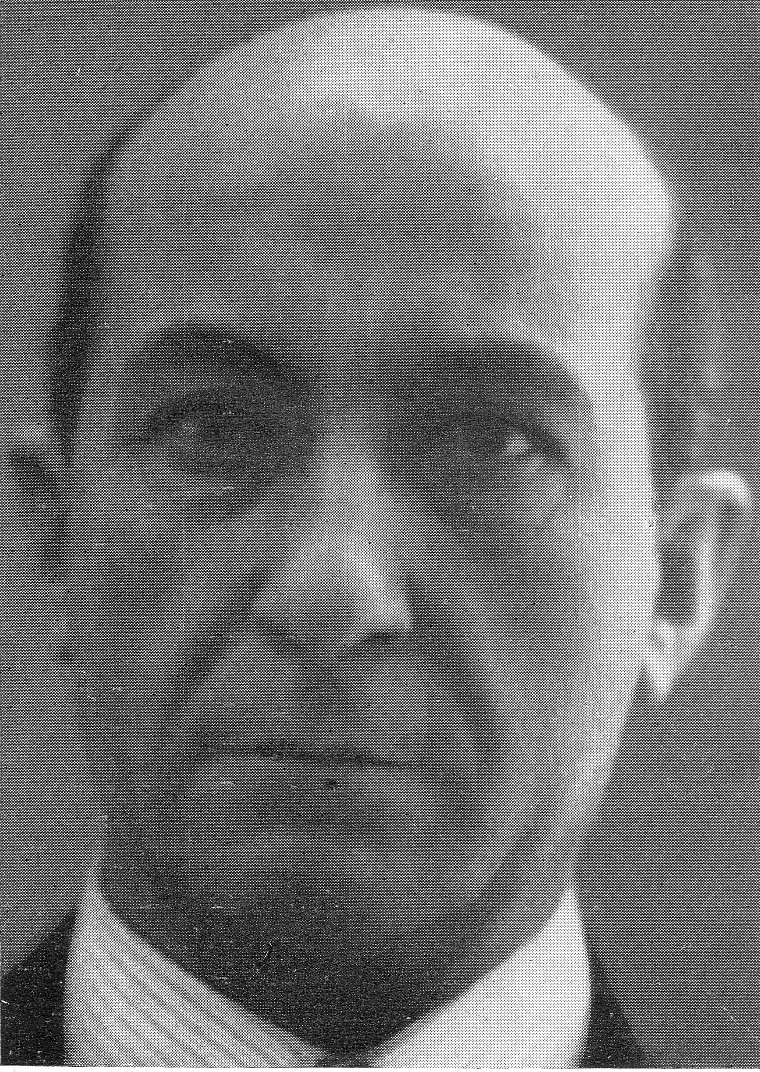|
Estorick Collection Of Modern Italian Art
The Estorick Collection of Modern Italian Art is a museum in Canonbury Square in the district of Islington on the northern fringes of central London. It is the United Kingdom's only gallery devoted to modern Italian art and is a registered charity under English law. The Estorick Collection was founded by the American sociologist and writer Eric Estorick (1913–1993), who began to collect art when he moved to England after the Second World War. Estorick and his German-born English wife Salome (1920–1989) discovered Umberto Boccioni’s book ''Futurist Painting and Sculpture'' (1914) while they were on their honeymoon in 1947. Before the end of their trip they visited the erstwhile Futurist Mario Sironi in Milan and bought most of the contents of his studio, including hundreds of drawings. They built up the collection mainly between 1953 and 1958. The collection was shown in several temporary exhibitions, including one at the Tate Gallery in London in 1956, and the key wo ... [...More Info...] [...Related Items...] OR: [Wikipedia] [Google] [Baidu] |
Canonbury Square
Canonbury Square is a garden square in Canonbury, North London. It is bounded by Terraced houses in the United Kingdom, terraces of mostly Georgian architecture, Georgian houses, many of which are listed buildings. The central public gardens contain attractive flower beds and several London plane trees of great age. The ''Evening Standard'' newspaper described it in 1956 as “London’s most beautiful square”. Many significant figures from the arts and literary worlds have lived in the square, including George Orwell, Evelyn Waugh, Samuel Phelps, Duncan Grant and Vanessa Bell. History Henry Leroux of Stoke Newington started building the north-west range of the square in 1805, on land owned by the Marquess of Northampton. In 1812, when few properties had been built, the New North Road turnpike, now known as Canonbury Road, was constructed and bisected the square, creating east and west sides. The new road interfered with the quiet of the rudimentary square, affecting the econo ... [...More Info...] [...Related Items...] OR: [Wikipedia] [Google] [Baidu] |
United States
The United States of America (U.S.A. or USA), commonly known as the United States (U.S. or US) or America, is a country primarily located in North America. It consists of 50 states, a federal district, five major unincorporated territories, nine Minor Outlying Islands, and 326 Indian reservations. The United States is also in free association with three Pacific Island sovereign states: the Federated States of Micronesia, the Marshall Islands, and the Republic of Palau. It is the world's third-largest country by both land and total area. It shares land borders with Canada to its north and with Mexico to its south and has maritime borders with the Bahamas, Cuba, Russia, and other nations. With a population of over 333 million, it is the most populous country in the Americas and the third most populous in the world. The national capital of the United States is Washington, D.C. and its most populous city and principal financial center is New York City. Paleo-Americ ... [...More Info...] [...Related Items...] OR: [Wikipedia] [Google] [Baidu] |
Amedeo Modigliani
Amedeo Clemente Modigliani (, ; 12 July 1884 – 24 January 1920) was an Italian painter and sculptor who worked mainly in France. He is known for portraits and nudes in a modern style characterized by a surreal elongation of faces, necks, and figures that were not received well during his lifetime, but later became much sought-after. Modigliani spent his youth in Italy, where he studied the art of antiquity and the Renaissance. In 1906, he moved to Paris, where he came into contact with such artists as Pablo Picasso and Constantin Brâncuși. By 1912, Modigliani was exhibiting highly stylized sculptures with Cubists of the Section d'Or group at the Salon d'Automne. Modigliani's oeuvre includes paintings and drawings. From 1909 to 1914, he devoted himself mainly to sculpture. His main subject was portraits and full figures, both in the images and in the sculptures. Modigliani had little success while alive, but after his death achieved great popularity. He died of tubercular m ... [...More Info...] [...Related Items...] OR: [Wikipedia] [Google] [Baidu] |
Giorgio De Chirico
Giuseppe Maria Alberto Giorgio de Chirico ( , ; 10 July 1888 – 20 November 1978) was an Italian artist and writer born in Greece. In the years before World War I, he founded the '' scuola metafisica'' art movement, which profoundly influenced the surrealists. His most well-known works often feature Roman arcades, long shadows, mannequins, trains, and illogical perspective. His imagery reflects his affinity for the philosophy of Arthur Schopenhauer and of Friedrich Nietzsche, and for the mythology of his birthplace. After 1919, he became a critic of modern art, studied traditional painting techniques, and worked in a neoclassical or neo-Baroque style, while frequently revisiting the metaphysical themes of his earlier work. Life and works Giuseppe Maria Alberto Giorgio de Chirico was born in Volos, Greece, as the eldest son of Gemma Cervetto and Evaristo de Chirico. His mother was a baroness of Genoese originsNikolaos Velissiotis"The Origins of Adelaide Mabili and Her ... [...More Info...] [...Related Items...] OR: [Wikipedia] [Google] [Baidu] |
Ardengo Soffici
Ardengo Soffici (7 April 1879 – 19 August 1964) was an Italian writer, painter, poet, sculptor and intellectual. Early life Soffici was born in Rignano sull'Arno, near Florence. In 1893 his family moved to the latter city, where he studied at the Accademia from 1897 and later at the Scuola Libera del Nudo of the academy. Career In 1900 he moved from Florence to Paris, where he lived for seven years and worked for Symbolist journals. While in Paris, during his time at the Bateau-Lavoir, he became acquainted with Braque, Derain, Picasso, Juan Gris and Apollinaire. On returning to Italy in 1907, Soffici settled in Poggio a Caiano in the countryside near Florence (where he lived for the rest of his life) and wrote articles on modern artists for the first issue of the political and cultural magazine '' La Voce''. In 1910 he organised an exhibition of Impressionist painting in Florence in association with ''La Voce'', devoting an entire room to the sculptor Medardo Rosso. ... [...More Info...] [...Related Items...] OR: [Wikipedia] [Google] [Baidu] |
Luigi Russolo
Luigi Carlo Filippo Russolo (30 April 1885 – 4 February 1947) was an Italian Futurist painter, composer, builder of experimental musical instruments, and the author of the manifesto ''The Art of Noises'' (1913). He is often regarded as one of the first noise music experimental composers with his performances of ''noise music concerts'' in 1913–14 and then again after World War I, notably in Paris in 1921. He designed and constructed a number of noise-generating devices called Intonarumori. Biography Luigi Russolo was perhaps the first noise artist. His 1913 manifesto, '' L'Arte dei Rumori (The Art of Noises)'', stated that the industrial revolution had given modern men a greater capacity to appreciate more complex sounds. Russolo found traditional melodic music confining, and he envisioned noise music as its future replacement. Russolo designed and constructed a number of noise-generating devices called Intonarumori, and assembled a noise orchestra to perform with them. A ... [...More Info...] [...Related Items...] OR: [Wikipedia] [Google] [Baidu] |
Gino Severini
Gino Severini (7 April 1883 – 26 February 1966) was an Italian Painting, painter and a leading member of the Futurism (art), Futurist movement. For much of his life he divided his time between Paris and Rome. He was associated with neo-classicism and the "return to order" in the decade after the First World War. During his career he worked in a variety of media, including mosaic and fresco. He showed his work at major exhibitions, including the Rome Quadrennial, and won art prizes from major institutions. Early life Severini was born into a poor family in Cortona, Italy. His father was a junior court official and his mother a dressmaker. He studied at the Scuola Tecnica in Cortona until the age of fifteen, when he and a group of fellow-classmates were expelled from the entire Italian school system for the attempted theft of exam papers. The boys escaped a custodial sentence but Severini never again attended formal education. For a while he worked with his father; then in 1899 ... [...More Info...] [...Related Items...] OR: [Wikipedia] [Google] [Baidu] |
Carlo Carrà
Carlo Carrà (; February 11, 1881 – April 13, 1966) was an Italian painter and a leading figure of the Futurist movement that flourished in Italy during the beginning of the 20th century. In addition to his many paintings, he wrote a number of books concerning art. He taught for many years in the city of Milan. Biography Carrà was born in Quargnento, near Alessandria (Piedmont). At the age of 12 he left home in order to work as a mural decorator. In 1899–1900, Carrà was in Paris decorating pavilions at the Exposition Universelle, where he became acquainted with contemporary French art. He then spent a few months in London in contact with exiled Italian anarchists, and returned to Milan in 1901. In 1906, he enrolled at Brera Academy (''Accademia di Brera'') in the city, and studied under Cesare Tallone. In 1910 he signed, along with Umberto Boccioni, Luigi Russolo and Giacomo Balla the ''Manifesto of Futurist Painters'', and began a phase of painting that became his mo ... [...More Info...] [...Related Items...] OR: [Wikipedia] [Google] [Baidu] |



